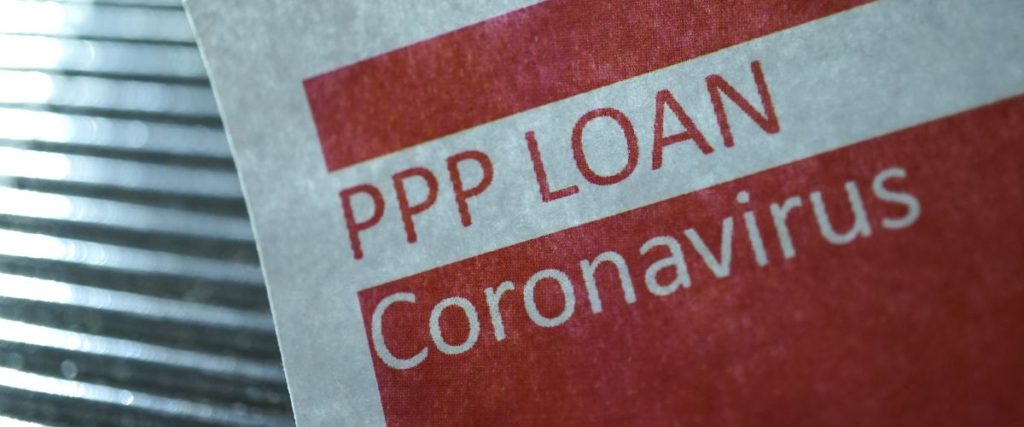I was recently reminded of how complex government programs can be and how they can evolve. Even to people who deal with tax laws and government programs on a regular basis, opportunity can be overlooked. I was speaking to a friend and business owner over dinner several months ago. We were talking about the economy, the supply chain and increases in prices of raw materials. We were comparing how our companies survived the struggles of the pandemic and what resources were available.
How Many Small Businesses Felt The Pressure Of The Pandemic
We discussed programs we were able to utilize to help get us through the pandemic. We agreed the programs were generally too late and too little, we had both received money from the Payroll Protection Program (PPP) as many fellow businesses pursued. We reminisced over the stress of the limited funding, first come first serve funding, and ambiguity of the program. It seemed each bank were following different processes to apply, their procedures for the banks to approve eligibility and varying, interpretations of the incomplete rules as the dribbled out from the U. S. Small Business Administration (SBA) regarding eligibility calculations for businesses and what costs would be allowable.
The Payroll Protection Plan (PPP)
As businesses and the economy were shutting down in early 2020 the Act creating PPP also included other programs to assist small business. One lesser utilized program was the Employee Retention Credit, (ERC). While the ERC was a fine program, it was nowhere near as generous an beneficial as the PPP program previously mentioned. The real limiting factor in accessing the ERC program was the restriction where if a business participated in the PPP program, they were ineligible for the ERC program. For a vast majority of businesses, the PPP program was the way to go due the upfront cash and subsequent forgivability. With the ineligibility of the ERC program if a business had participated in the PPP program many business owners and some advisors stopped following the development of the ERC program.
Did You Fail To Take Advantage of The ERC Program?
This is where my friend, the small business owner, found himself. He had stopped following the ERC program, and unfortunately his tax advisor had as well. While individuals were focused on keeping their businesses viable during the pandemic some overlooked the changes occurring in the ERC program during late 2020 and early 2021 which allowed PPP participants to be eligible for the ERC program. With this change many businesses which received PPP money were now also able to participate in the ERC program. If able to maximize the program, a small business can receive a refund of $26,000 per employee. This consists of $5,000 per employee in 2020 and up to $7,000 per quarter for the first three quarters of 2021. For a maximum refund per eligible employee of 26,000. But only for a limited time.
To be eligible for a refund a business must have had its operations fully or partial suspended due to government order. Which in the state I am located, and the neighboring states, nearly all businesses were at least partially suspended by county and state orders for a significant period in 2020 and 2021. Alternatively, if not affected by a government order, a significant reduction in gross receipts would qualify a business when comparing the 2020 or 2021 quarter to the corresponding 2019 quarter. For 2020 the revenue reduction to qualify needed to exceed the 2019 quarterly revenue amount by 50% and for 2021 the reduction needed to be greater than 20% when compared to the 2019 quarter.
Cutting Through and Understanding All Of The Red Tape
There are of course additional restrictions. Business owner’s wages with more than 50% ownership in the business and their relatives are ineligible to have their wages included in the calculation. Wages and benefits included in the calculation of the PPP forgiveness cannot include those costs in the ERC calculation. Entities with more than 100 full time employees have further restrictions on what wages are eligible. Even business without operations in 2019 have alternate calculation formulas. Refunds are requested by amending the original 941 payroll tax form. Refunds must be requested within 3 years of the filing due date of the original 941. This will result in the oldest quarters beginning to be ineligible for amendment starting in May of 2023.
A refund can take more than 9 months to receive. Additionally, if filed a refund received for a prior year will require an amended income tax return for the reduction in wages expenses in the quarter amended, not when the funds are received. With these complications and others, I recommend coordinating with your tax preparer and possibly have them calculate the credit amount. There will of course most likely be additional fees for these services provided by advisor or tax preparer.
Is All The Effort And Headaches Worth It?
It has been several months since my friend has pursued the ERC with the help of his tax preparer. His tax preparer has also needed to invest time and effort becoming current on the ERC program. The businessowner recently informed me he will be receiving more than $100,000 refund as a result of the ERC program. Which is a great reminder with all the chaos of the pandemic and the wide array of responsibilities as a business owner and an advisor, programs can be overlooked.
I hope that this does not happen to you. If you think you may qualify, I highly recommend you speak with your advisor or tax preparer in the next several months before the ability to amend begins to expire in early 2023. Remember tax preparers are short on available time at year end and the first several months of the new year. If your advisor seems unsure of your eligibility or not current on the ERC program a second opinion may be warranted due to the significant refunds which could be available.
When you contact us here at Protea Financial, we can help guide your business towards programs and options you may benefit from. Want to learn more? Give us a call!





